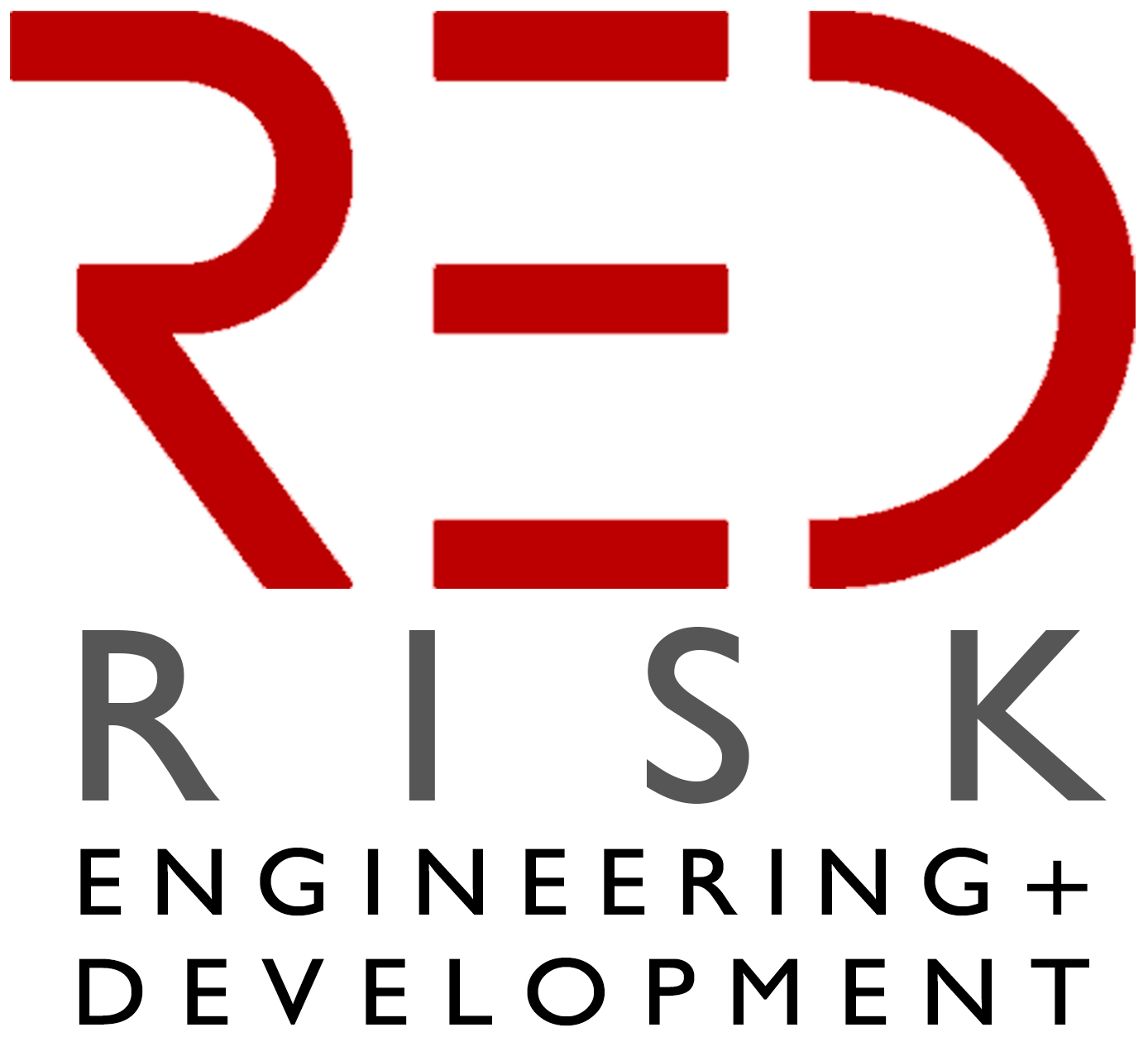The scope of the project was the computation of ground-up and gross losses for Californian building portfolios of a private insurance company considering the most up-to-date hazard definitions and loss assessment methodologies. The project comprised the development of a software platform for the probabilistic evaluation of earthquake hazard and losses able to:
DISTINCTIVE FEATURES
Probabilistic computation of earthquake hazard and losses for insurance portfolio in California
Computation of ground-up and gross losses for Californian building portfolios of a private insurance company
Development of a software platform for the probabilistic evaluation of earthquake hazard and losses
DATE
2015-2016
AMOUNT
Confidential
LOCATION
California (US)
CLIENT
Confidential
SERVICES PROVIDED
Earthquake risk assessment

